
2020 — a year to remember! And how our daily lives have changed — sanitizers, face masks, social distancing … when will it all be over? And could someone please set the reset button? Little did I know when I accepted the post of Port Commission President in January 2020 that it would be a year of unimaginable life-threatening illness, disruption, and uncertainty, as the spread of the COVID-19 virus first struck home in mid-March and rapidly grew into a global pandemic. At Pier 69, our Port headquarters, usually bustling with people and activity, became eerily still. Occasionally I visited the office to pick up mail and cover a Zoom meeting — it felt oddly comforting to be there and walk the empty floors.
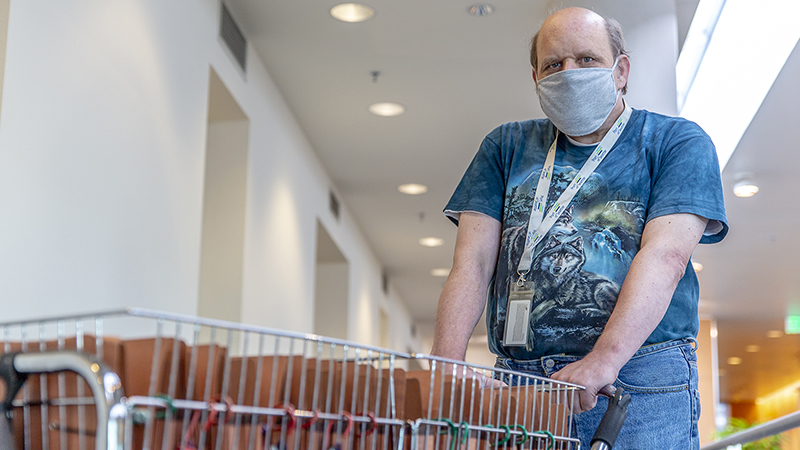 As employees stayed home for their safety, airport traffic plummeted, ship sailings were canceled, and construction projects paused. And Executive Director Steve Metruck, a former Coast Guard Admiral, took to his primary duties as a life-long public servant of protecting the health and safety of all the Port’s people. He formed a Portwide, COVID-19 Response Team with the Port's senior management and held early morning crisis management meetings daily. As the reality sunk in that the pandemic was tragically taking lives, upending the global economy, and appearing unstoppable, we knew that we had to do more to use Port resources to respond to the massive job loss, financial hardship, and economic crisis.
As employees stayed home for their safety, airport traffic plummeted, ship sailings were canceled, and construction projects paused. And Executive Director Steve Metruck, a former Coast Guard Admiral, took to his primary duties as a life-long public servant of protecting the health and safety of all the Port’s people. He formed a Portwide, COVID-19 Response Team with the Port's senior management and held early morning crisis management meetings daily. As the reality sunk in that the pandemic was tragically taking lives, upending the global economy, and appearing unstoppable, we knew that we had to do more to use Port resources to respond to the massive job loss, financial hardship, and economic crisis.
Thanks to the decisive leadership of the Commission, Director Steve Metruck, his Executive Leadership Team, and our amazing employees, the Port charted a course to recovery through nimble financial planning and constrained budgeting and delivered economic relief to our tenants and affected communities throughout King County.
Here are some examples of the Port’s rapid response:
Medical triage
In the early stages of the COVID-19 pandemic, when hospitals everywhere were projected to exceed capacity, the Port of Seattle and the Northwest Seaport Alliance (NWSA) worked with the U.S. Navy, Army, and a host of federal authorities in support of an unprecedented COVID-19 response. As Seattle area hospitals were predicted to exceed capacity, the Port was preparing for a possible call by a U.S. Navy Mercy Ship. We made available lay-down space at Terminal 46 for trailers, container equipment, and storage needs in support of the U.S. Army’s Field Hospital 10, which mobilized at Century Link Exhibition Center.
Health and safety
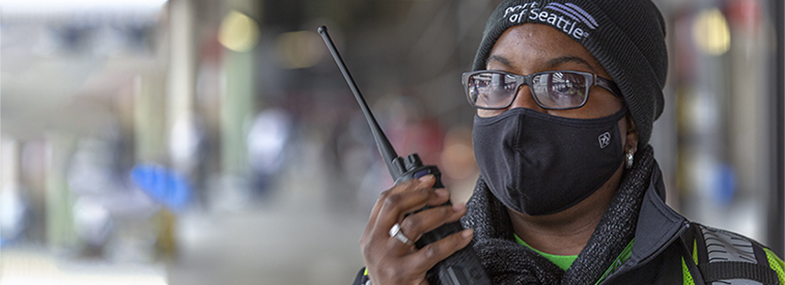 At SEA Airport, we launched the FlyHealthy@SEA program, implemented rigorous cleaning and sanitization protocols, and implemented a uniform mask requirement to help protect the traveling public more than six months prior to the federal mandate. Partnering with Alaska Airlines, we piloted a quick temperature check at airport check-in.
At SEA Airport, we launched the FlyHealthy@SEA program, implemented rigorous cleaning and sanitization protocols, and implemented a uniform mask requirement to help protect the traveling public more than six months prior to the federal mandate. Partnering with Alaska Airlines, we piloted a quick temperature check at airport check-in.
Before COVID-19 hit, SEA Airport had record numbers of air travelers, and long lines and crowded concourses were the norm. Nobody knows when air travel will resume its growth trajectory, but airlines have adapted to the “new norm” for now and have implemented a number of safety measures like waiving cancellation fees and other adjustments.
Economic relief
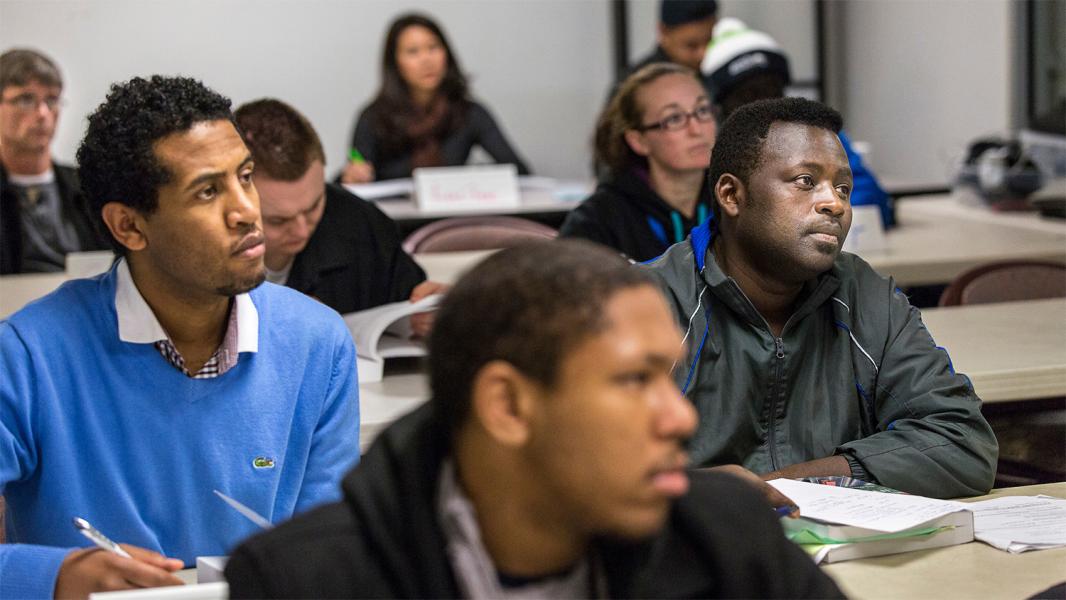 After implementing stringent health and safety protocols at SEA Airport, docks, and construction sites, our attention turned to the badly impacted local economy. We re-prioritized and advanced largescale capital projects to support essential workers at our construction sites. We provided short-term emergency financial relief to airport and maritime business tenants, and we barred evictions at Port facilities, including liveaboards at our marinas. In June, the Port committed $3 million to a slate of community benefits programs, including a short-term youth employment program that employed 220 summer jobs to those adversely affected by the COVID-19 pandemic.
After implementing stringent health and safety protocols at SEA Airport, docks, and construction sites, our attention turned to the badly impacted local economy. We re-prioritized and advanced largescale capital projects to support essential workers at our construction sites. We provided short-term emergency financial relief to airport and maritime business tenants, and we barred evictions at Port facilities, including liveaboards at our marinas. In June, the Port committed $3 million to a slate of community benefits programs, including a short-term youth employment program that employed 220 summer jobs to those adversely affected by the COVID-19 pandemic.
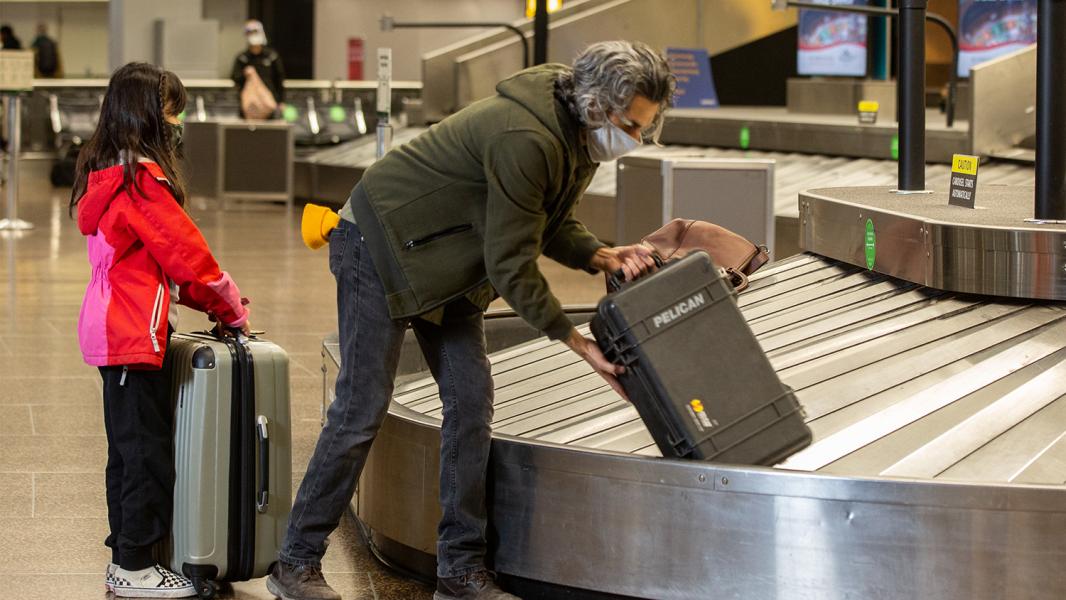 Last year passenger enplanements at SEA Airport were down approximately 61%. This has been devastating to the restaurant and retail businesses at SEA. Wherever possible, the Port has stepped up to provide short-term emergency financial relief to our tenants and business customers.
Last year passenger enplanements at SEA Airport were down approximately 61%. This has been devastating to the restaurant and retail businesses at SEA. Wherever possible, the Port has stepped up to provide short-term emergency financial relief to our tenants and business customers.
And more, we partnered with the Highline College Small Business Development Center to provide small, woman, and minority business enterprises with much-needed training and assistance for those interested in doing business with the Port. We provided 10 South King County Economic Recovery grants to accelerate the Port’s strategy to lead an equitable recovery in communities furthest from opportunity and hardest hit by the impacts of COVID-19.
Capital projects
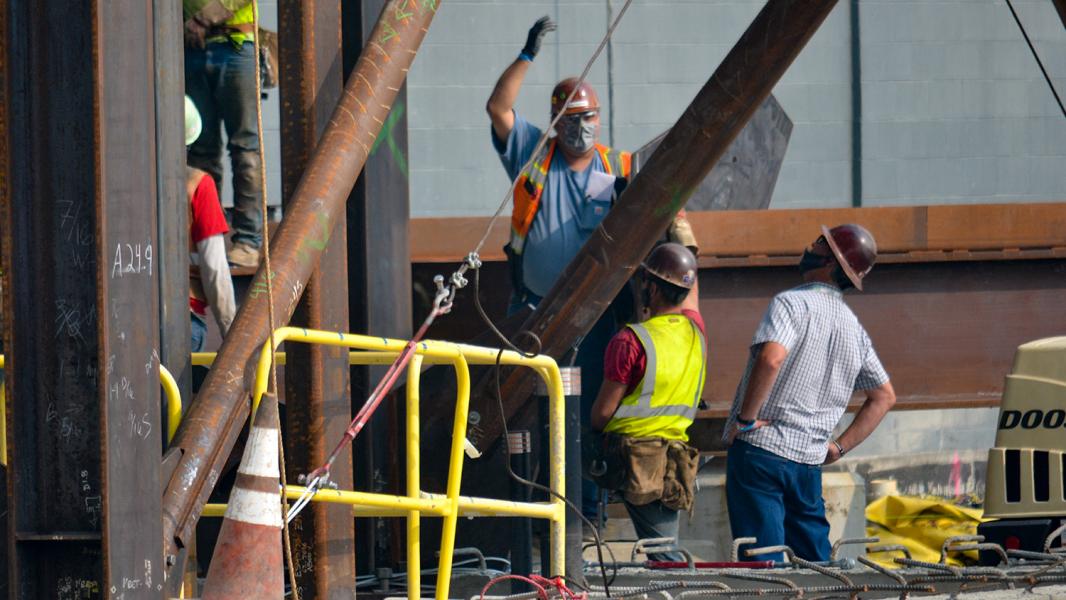 While air travel is at historic lows, front-loaded capital projects at SEA, including the North Satellite, International Arrivals Facility, and Concourse C upgrades. As one of the largest public works employers in the region, we intentionally kept many public works projects going to preserve jobs and support economic recovery.
While air travel is at historic lows, front-loaded capital projects at SEA, including the North Satellite, International Arrivals Facility, and Concourse C upgrades. As one of the largest public works employers in the region, we intentionally kept many public works projects going to preserve jobs and support economic recovery.
We installed the world’s longest aerial walkway over an active taxiway last year, and we are on track to complete the new International Arrivals Facility this summer.
Maritime operations
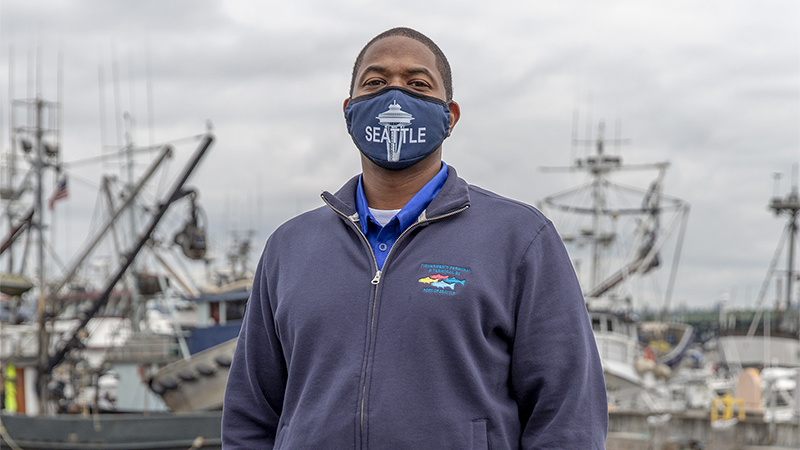 And this is just a shortlist of 2020 accomplishments. While it was an honor to be elected to Commission President's position, it was a challenging time, and what we were able to accomplish was largely due to the hard work and dedication of Port staff and my colleagues. We have never been more aligned and determined to overcome all obstacles that lie ahead!
And this is just a shortlist of 2020 accomplishments. While it was an honor to be elected to Commission President's position, it was a challenging time, and what we were able to accomplish was largely due to the hard work and dedication of Port staff and my colleagues. We have never been more aligned and determined to overcome all obstacles that lie ahead!
Last year, our cruise operations were abruptly shut down. These ships and their passengers contribute millions of dollars to the local economy, and this financial loss has been a huge hit to tourism and the local economy. As we postponed plans to develop a third cruise terminal on the central waterfront, we are developing an international shipping container facility at Terminal 5 that will create thousands of family-wage jobs. This investment will ensure our seaport remains competitive on the West Coast.
Commission Office
Virtual meetings have not slowed the work of the Commission. As we struggled to get in the swing of zooming our public meetings, the Commission Office has been buzzing all year, with 63 commission briefings throughout the year (up 43% from 2019) and a staggering 67% more commission meetings.


